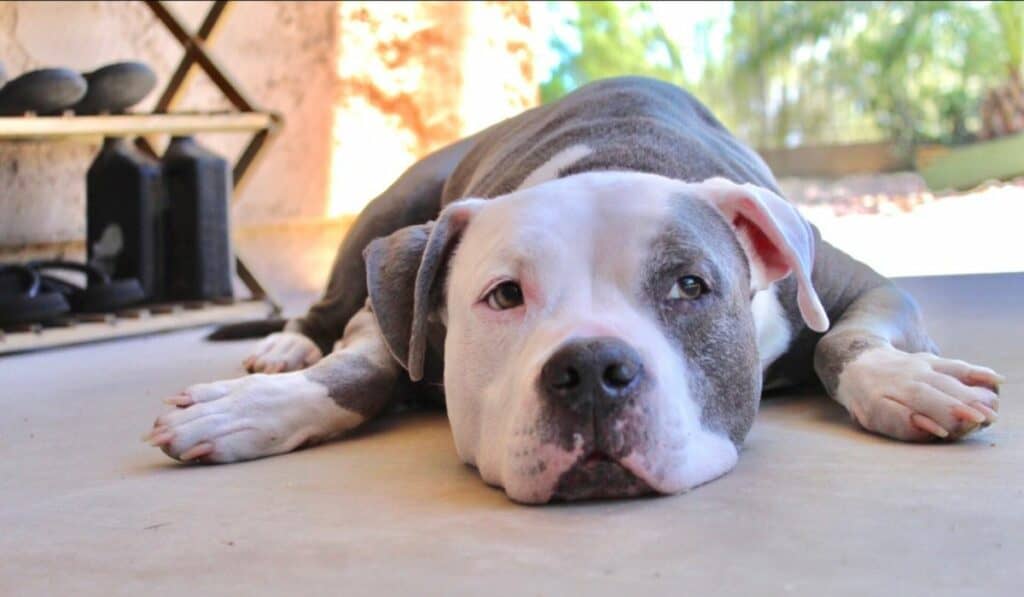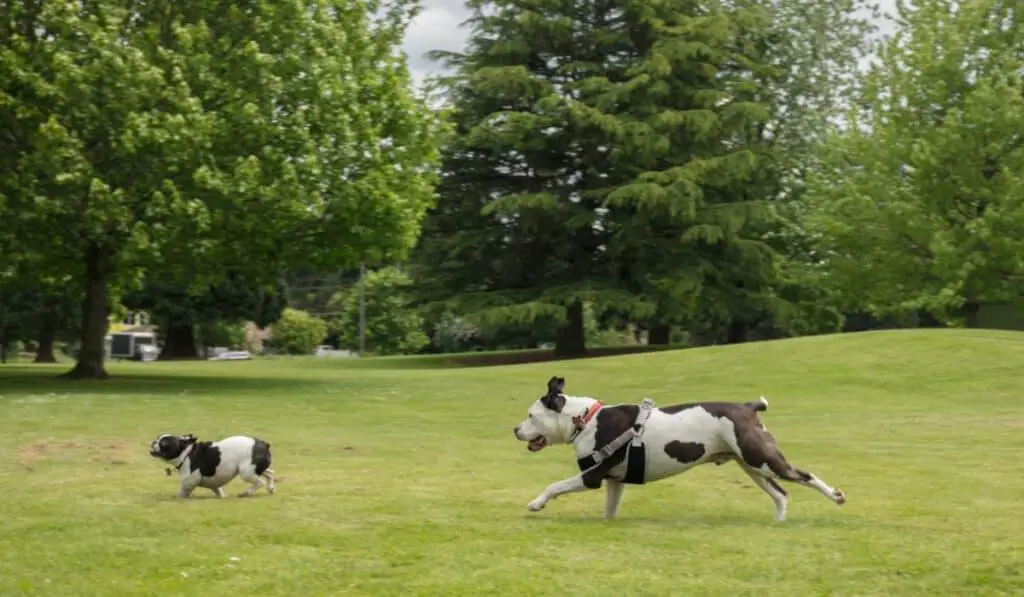Seeing your pitbull playing with others of its breed at the dog park, and you noticed your furry friend seems to be smaller than the rest. With such a scenario, it’s natural for you, the dog owner, to be curious, maybe even worried, about the size and growth of your beloved pet.
This article will explore the various factors that contribute to the size of your pitbull, shedding light on why they might be smaller than their counterparts.
Why Is My Pitbull So Small
1. Malnutrition
A critical factor that may cause your pitbull to be smaller than expected is inadequate nutrition. As a responsible pet owner, ensure your pitbull consumes a balanced diet that includes vital vitamins, minerals, and proteins.
This helps in maximizing their growth potential and overall health. If unsure about their dietary needs, consult your veterinarian for dietary advice.
2. Genetic Factors
Your pitbull’s size is significantly influenced by its genetics. Pitbulls come in various types, each with distinct size ranges.
Unfortunately, you have little control over your dog’s genetics. If your pitbull is smaller than average, it could be a result of inheriting certain size-related traits from its parents.

3. Growth Rate And Exercise
Adequate exercise is necessary for your pitbull’s growth and development. Regular physical activities such as walks and play sessions help maintain optimal muscle mass, bone density, and overall growth.
However, excessive exercise at a young age may negatively affect your dog’s growth plates, causing stunted growth in the long run. Therefore, consult your veterinarian for recommendations regarding proper exercise for your pitbull’s age and development stage.
4. Parasitic Infections
Parasitic infections can negatively impact your pitbull’s growth and size. Intestinal parasites deprive your dog of vital nutrients, resulting in malnutrition and potentially stunted growth. Regular deworming your pitbull and checking for parasites during veterinarian visits can help prevent such issues.
5. Physical Injuries
Physical injuries, particularly those affecting bones and joints, can hinder your pitbull’s growth. Injuries may harm the growth plates in your dog’s long bones, causing stunted growth or limb deformation.
Timely treatment and medical care for physical injuries are essential in preventing long-term adverse effects on your pitbull’s size and overall health.

Get the 7 Biggest Training Mistakes free report!
Conclusion

Genetics play a crucial role in determining your pitbull’s size. The genes inherited from their parents and any genetic variations present can significantly impact their growth. Additionally, the type, gender, and age of your pitbull can all influence their final size.
Another essential aspect to consider is the diet and nutrition your pitbull receives, as balanced and nutrient-filled meals are necessary for them to grow to their full potential.
It’s important to recognize that pitbulls, like humans, come in various shapes and sizes. Some are naturally smaller, while others are large and muscular. Understanding the factors that contribute to your pitbull’s size can help you ensure they have the best possible care and live a happy, healthy life.
Hope this article has helped you out.
